Anatomy of a BodyTalk Session
During a session, the BodyTalk Practitioner will explain to you what they are doing so that you have knowledge of what is happening. Engaging and informing you in this way allows you to be a part of your healing process, and often get a deeper understanding of why you were feeling poorly in the first place.
You will gain a clearer understanding of the healing process and the role the body plays in healing itself. Your understanding of all these processes can play an important role in your return to health and your journey towards radical well-being.
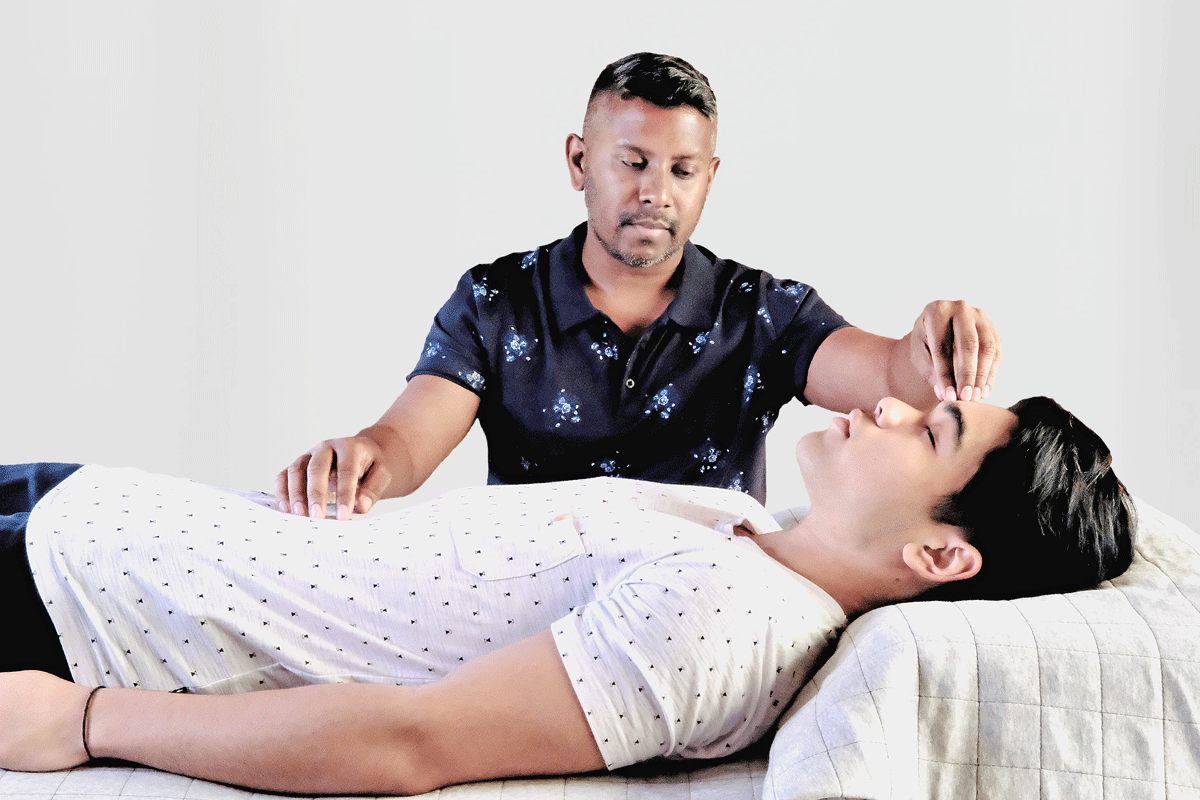
The BodyTalk Practitioner will begin by briefly discussing your health status and any other personal issues you may wish to address. In follow-up sessions, the practitioner will discuss with you what changes you have experienced since the previous session.
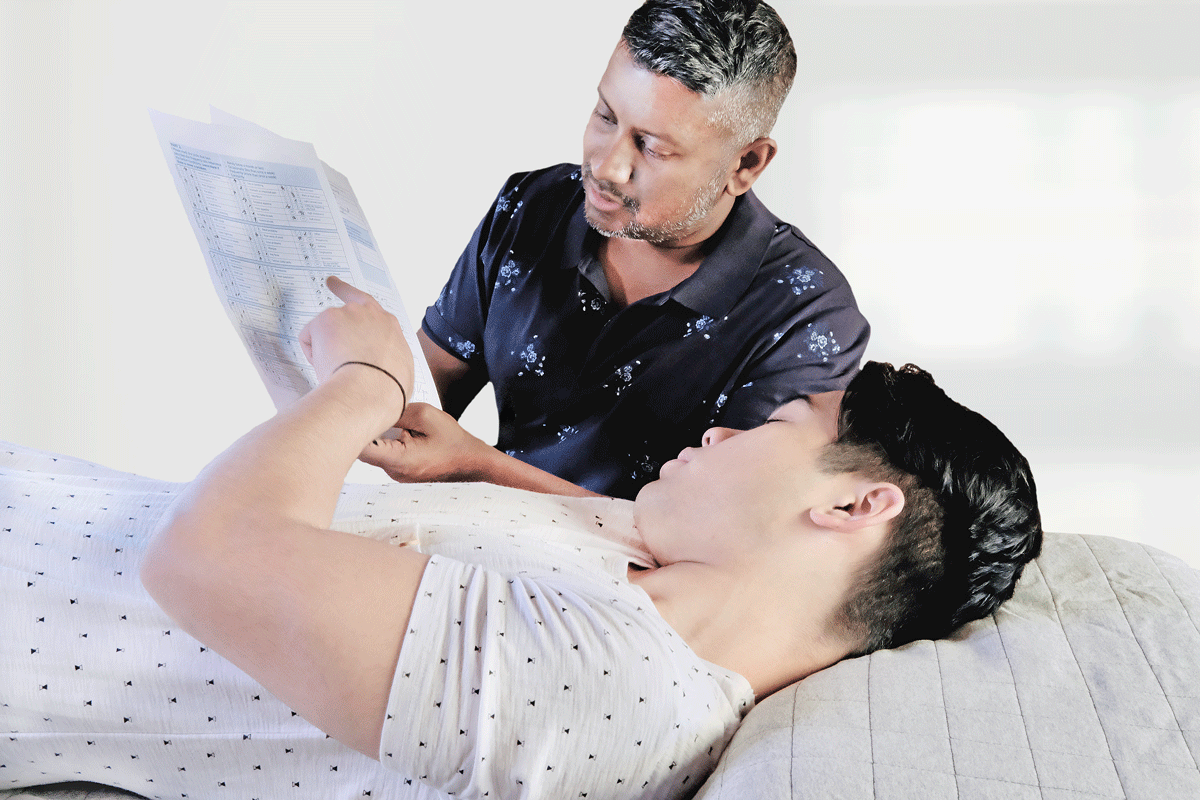
You will then recline and relax on a treatment table or sit in a chair, fully dressed and comfortable. There is no need for disrobing. The practitioner will place their hand on your abdomen for a minute or two to tune in to your body and the session while helping you relax deeper. A BodyTalk session usually lasts between 30-45 minutes.
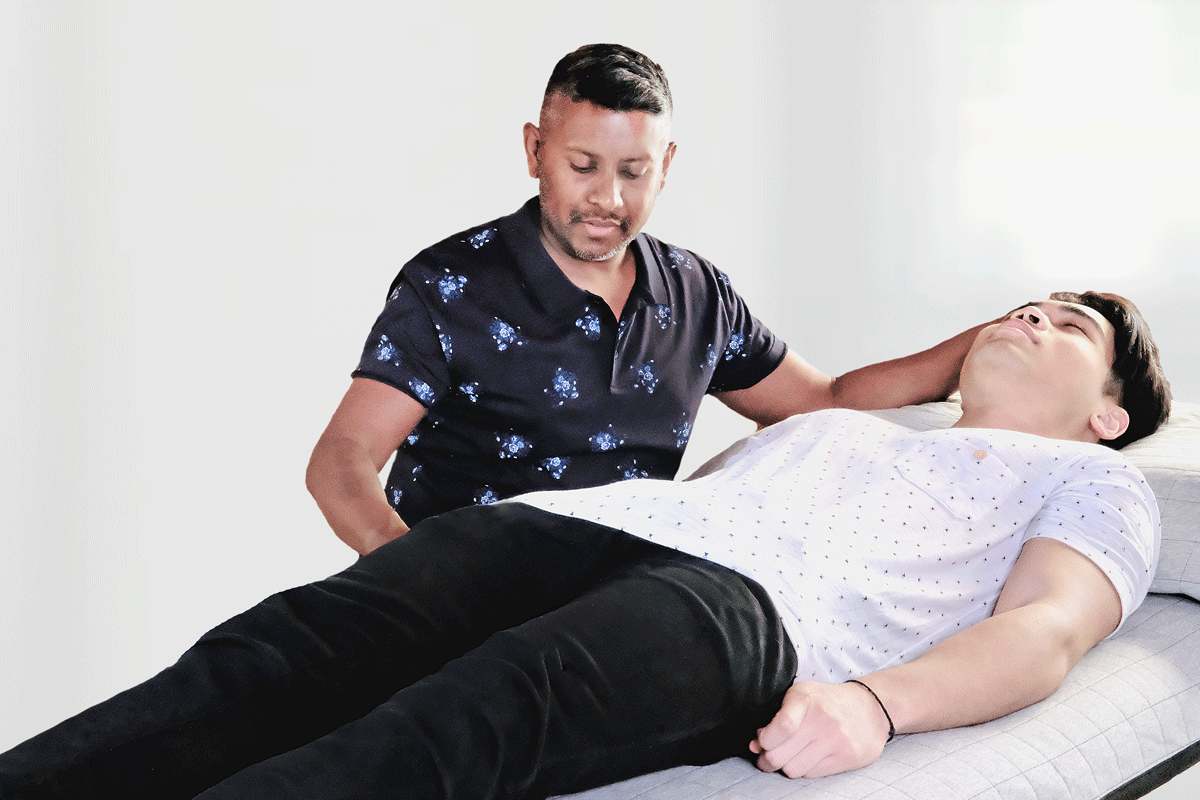
Your body has an inherent knowledge of itself that can be accessed to guide the work of the practitioner during the session. In BodyTalk, this inborn intelligence – this localised awareness – is called Innate Wisdom.
The practitioner will use a form of neuromuscular biofeedback to communicate directly with your body. This line of communication gives both you and your practitioner access to vital information about your body’s imbalances: How they occurred, how they need to be corrected, and in what sequence they need to be corrected.

The practitioner, positioned at your side, will use your resting arm in such a manner to establish communication with your body. No devices or equipment are required.
They will gently move your wrist and forearm to check for varying degrees of strength and weakness in muscle movement and reflexes. The strength or weakness in movement will indicate a “yes” or “no” from your body. (Hover over the image below for a demonstration.) Your arm is now calibrated for neuromuscular biofeedback responses from your body.


The practitioner will then begin an intricate question-and-answer exchange with your body. This is done silently, allowing you to relax. The questions to ask your body are formulated using the BodyTalk® Protocol Chart which you will often see displayed at the clinic. The Protocol Chart is a checklist that comprehensively covers all physical, emotional, mental, energetic, environmental and states of consciousness/awareness of a person.
Guided by the chart, the practitioner will systematically navigate through all aspects of your body and mind, asking your body to highlight areas with imbalances that need addressing. Where there is an imbalance, your body will indicate with a decisive yes through neuromuscular biofeedback. The practitioner will then refine the questions to gather all relevant information concerning that specific imbalance.
The questioning process will lead the practitioner deep into the specifics of each imbalance, revealing most of the information required for the session. When additional information is needed to help form a clearer picture of the issue at hand, the practitioner will ask you directly.
The clarity of your input is necessary where deeply-held beliefs, major life events or traumatic memories have contributed to a decline in your health. Your practitioner is a trained observer who will work with all information with sensitivity and understanding.
Once the practitioner has gathered the necessary information from your body, they will have a “formula” to work with for the session. The formula will highlight a cluster of imbalances in your body-mind complex.
BodyTalk formulas are similar to how formulas are used in mathematics and the sciences to express the relationships between various factors. In like manner, BodyTalk also has concise language, symbols and abbreviations for writing down the formulas — which the practitioner will do as they progress through your session.
There will be several formulas during a session, each with a unique recipe to address a separate set of imbalances. In this way, your body can prioritise its healing and address its health issues in sequence. These formulas, although separated into clusters of imbalances, are all part of one central theme that focuses on a specific aspect of your life — for example, a gruelling relationship, work troubles, a life goal or a chronic illness. The inborn wisdom of your body will decide on a theme that is most beneficial to work on at that juncture in your life, on that specific day, for that particular session, using the expertise of that particular BodyTalk Practitioner.
It is common for clients who are new to BodyTalk or those who are extremely stressed, run-down or experiencing acute pain, to have their initial sessions primarily focussed on preparing their body to receive more complex sessions in the future. It would be far too traumatic for the brain and the body to engage in deep healing when it is distressed and deficient. The body needs one or two BodyTalk sessions spread over several days or weeks to help reduce stress levels and fortify its systems in readiness to tackle more complex health issues at future sessions.
For every formula found, you or the practitioner may need to use hands to indicate areas in the body the formula is related to. This is to help provide a focus for the techniques that will follow.
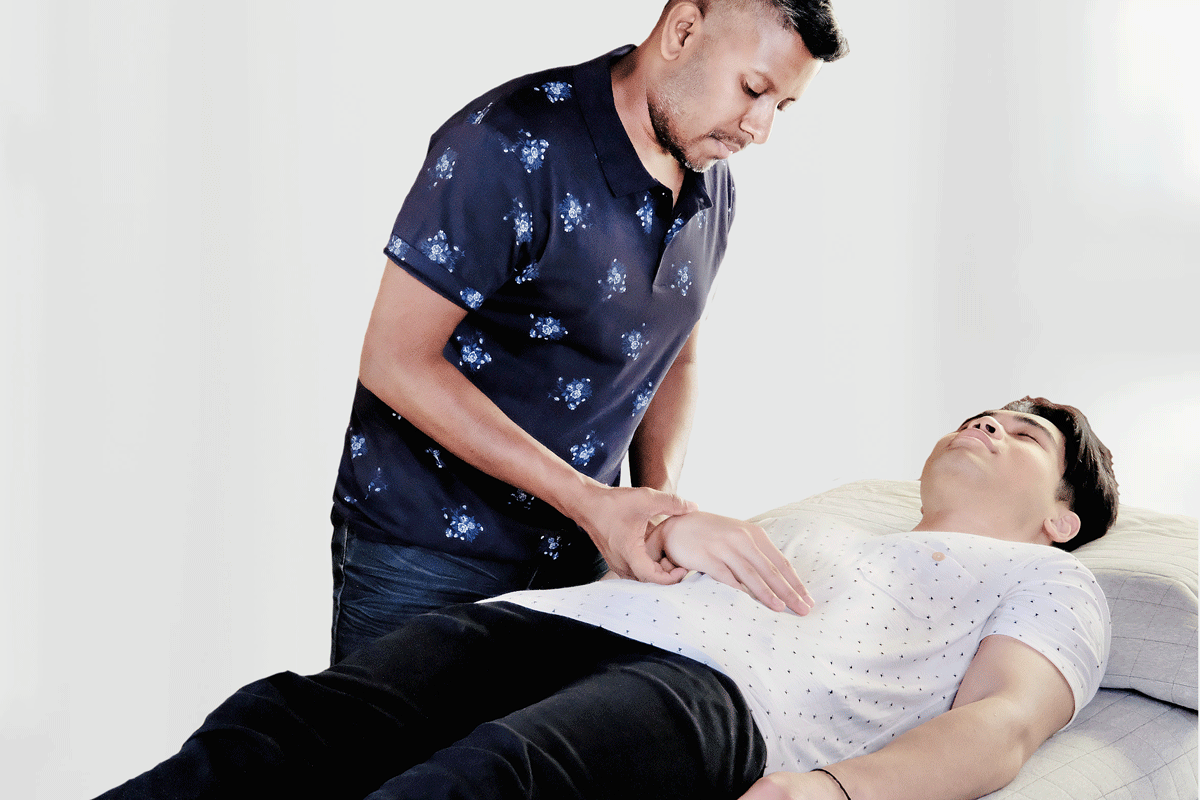
For example, you may be asked to place a hand on your abdomen to indicate an organ that lies underneath, and the practitioner may place a hand over your throat to indicate your thyroid gland.
In BodyTalk, using hands in this way is for focusing purposes only: There is no energy channelled through the practitioner’s hands, except when the practitioner is also trained in a modality such as Reiki, and the body has specifically asked for channelling techniques to be used during the session.

The practitioner will then use the appropriate BodyTalk balancing technique to address the highlighted imbalance. BodyTalk techniques are gentle, safe and non-invasive.

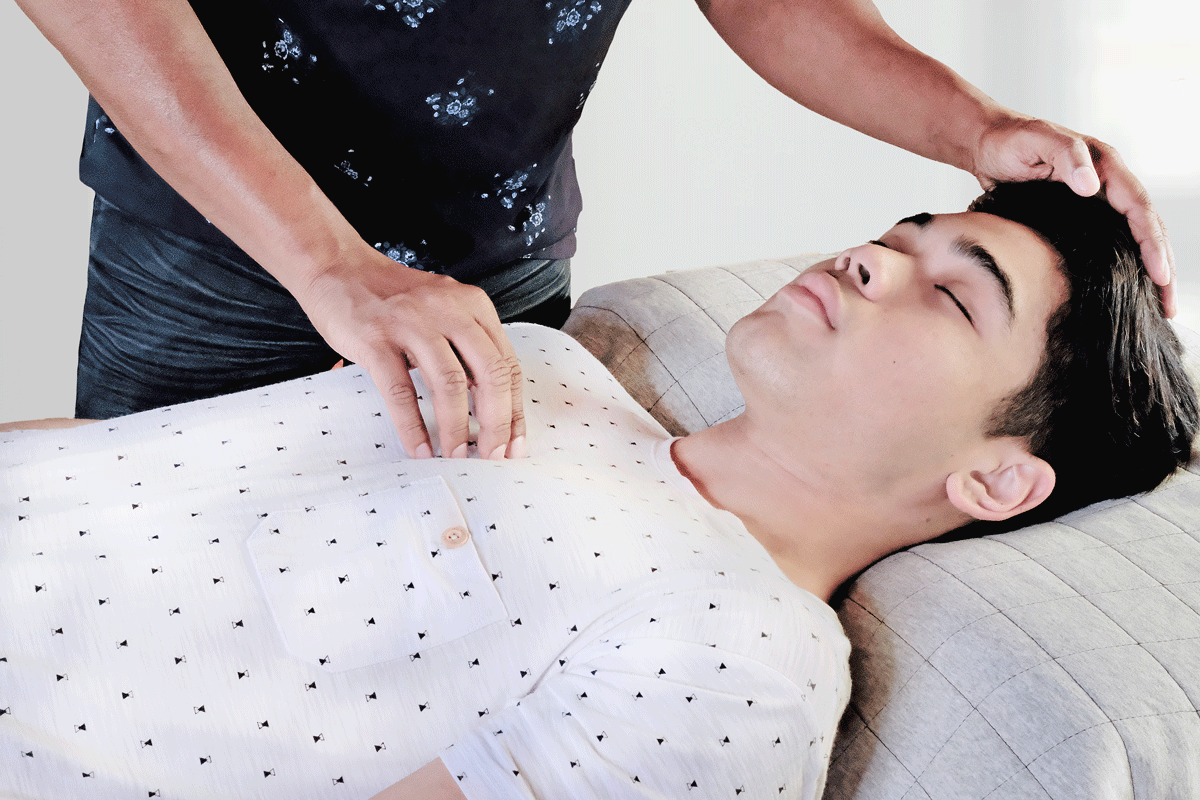
The duration of the session will be dictated by your body and will vary from session to session. It is common to have sessions lasting 30-45 minutes. The body knows just how many changes and corrections it is ready to initiate in any given session, and will, therefore, indicate when the session is complete and may even establish a time when you may need to return for a follow-up session. The choice of whether to book another appointment is entirely yours.
The BodyTalk® System is designed to seamlessly integrate all fields of health care and health care regimens. The session may reveal that you would benefit from consulting another health care modality. If this is the case, you will be advised accordingly by the practitioner.

Techniques
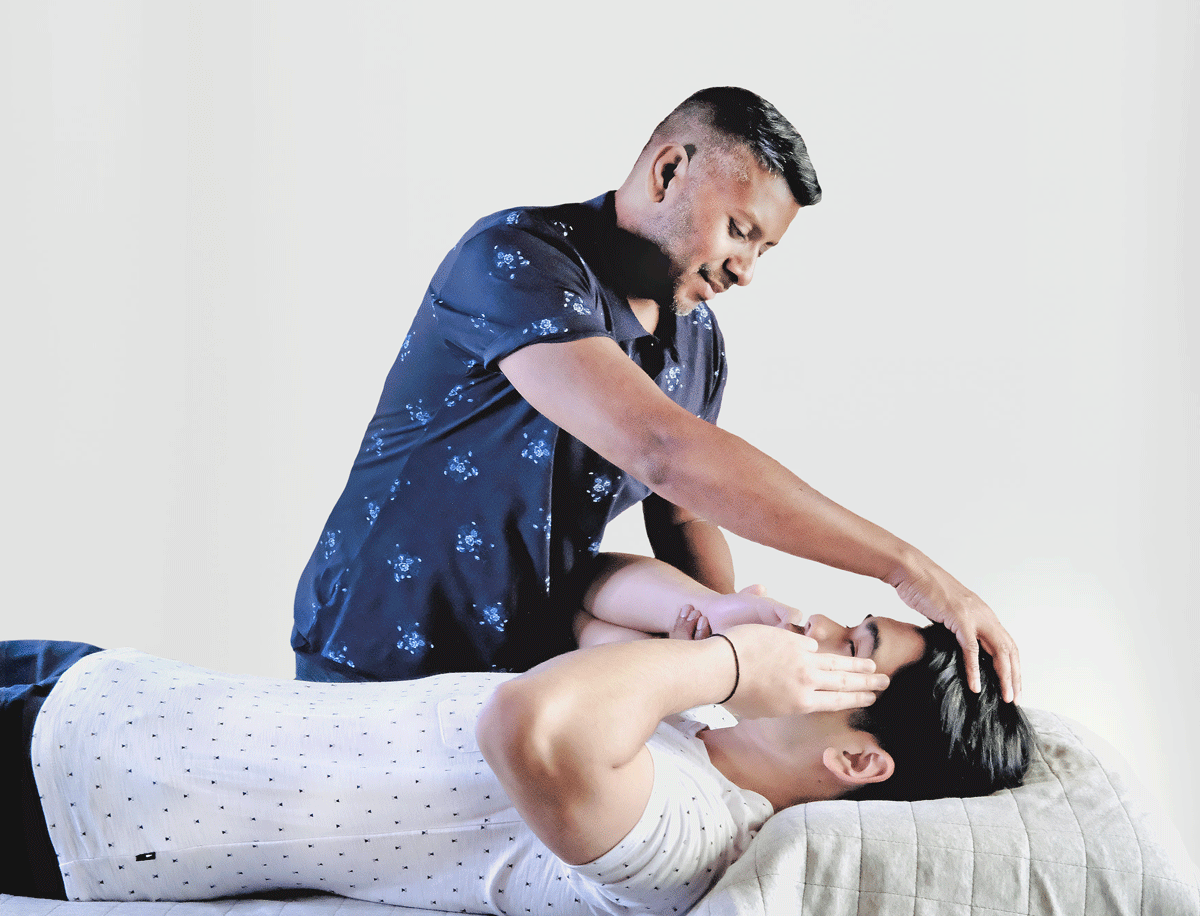
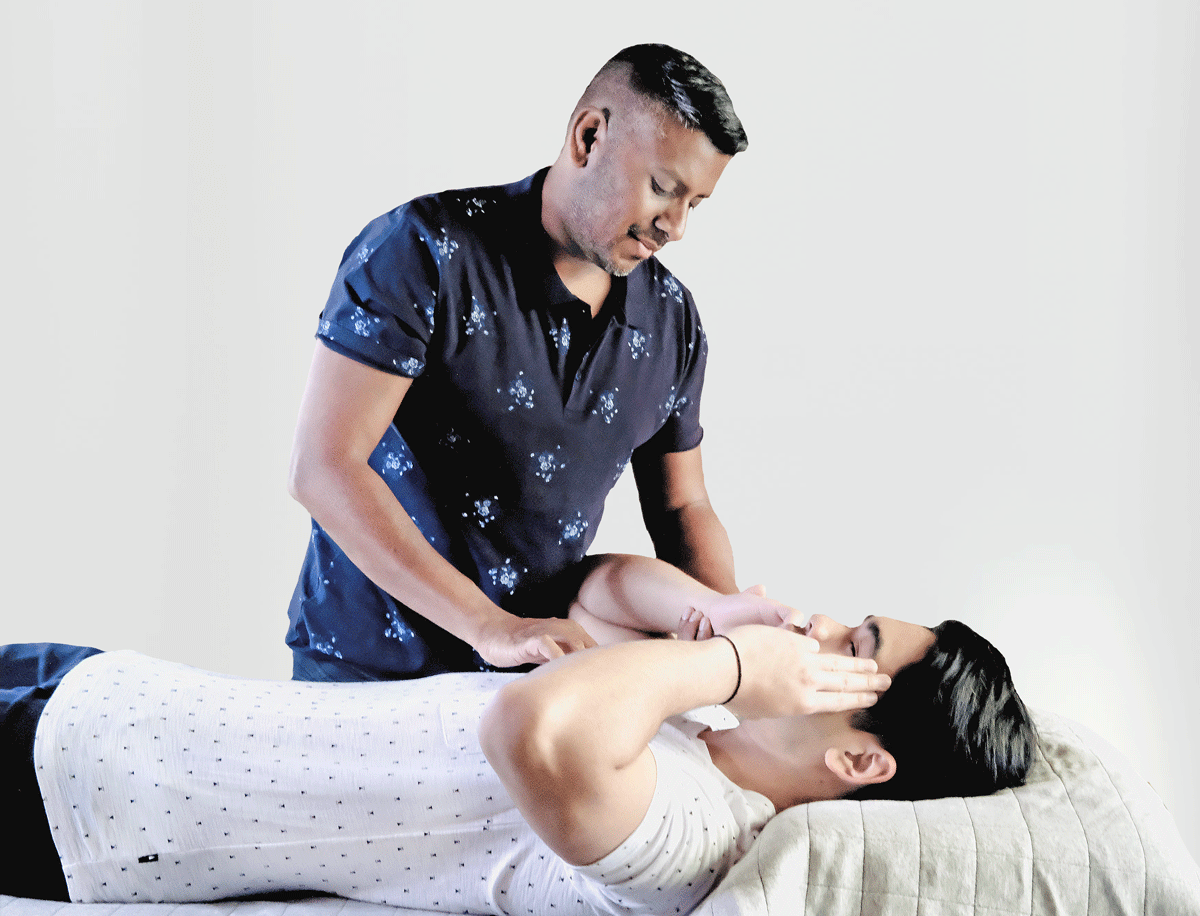
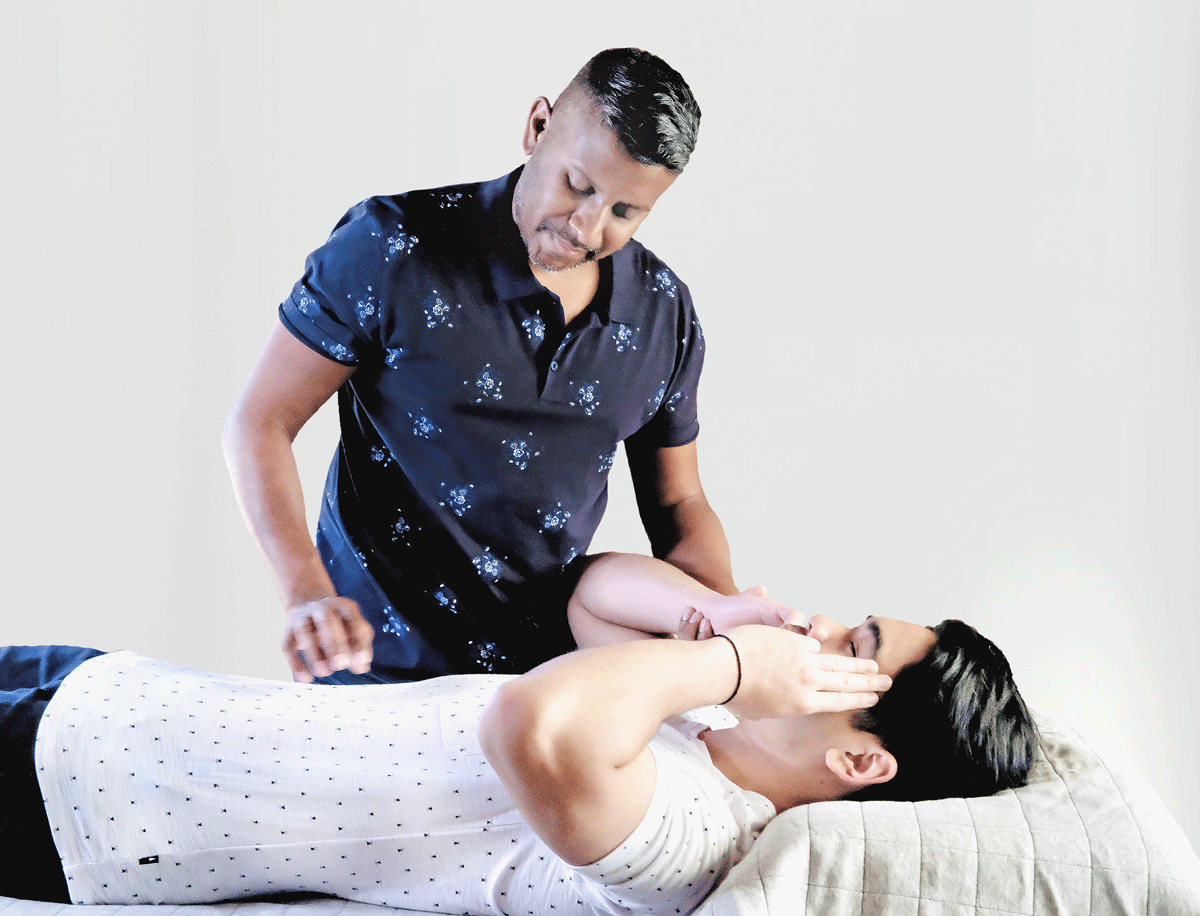
Tapping
BodyTalk has a whole host of techniques, each designed to address a specific set of imbalances. What they all have in common is a sequence of light tapping using fingertips to generate an energy wave phenomenon known in mathematics and physics as a Soliton. Incredibly, tapping on the body to get it to focus on healing has been used by some indigenous healing systems for centuries.
Tapping is done over the head, followed by the sternum, and then the abdomen: the three nerve-rich areas of the body recognised in biological science as the head brain, the heart brain, and the enteric (gut) brain, which work together to form the three-brains complex.
Tapping sends a soliton (a standing wave) through the three brains and the rest of the body. The soliton introduces an interference phenomenon, which in combination with the appropriate BodyTalk technique, activates the required correction and assimilation processes within the body.
More Techniques
Some techniques will ask for your participation. It could be simply to exaggerate your breathing. An emotional release technique may be more involved, asking you to contact key energy points on your face with your fingertips, and gently roll your eyes in the required pattern to activate specific brain centres and neural pathways that are related to memory.
A lymphatic drainage technique may need you to lightly palpate a section of muscle to stimulate underlying lymph glands. When addressing a recurring fear, you may be asked to connect with that fear, while the technique is applied. It can be an emotional few minutes, but the resulting freedom can be life-changing.
Although these techniques may sound uncomfortable, foreign or even awkward to be involved in, it is important to remember that all techniques that come-up design a session that is guided entirely by the wisdom of your body to bring about profound healing at all levels.
Post Session
“I feel so relaxed.”
Sensations felt during a BodyTalk session vary from person to person. From a general feeling of calmness and relaxation to a weight lifted off: that feeling of being able to cope with life again. Some feel changes in temperature, pain easing throughout the body, or stomach rumblings as long-held emotional energy is released from the body. Some feel tired since the body has shifted its performance and begun deep healing. Smiles, laughter, and tears happen, too.
Results
Sometimes the results are instantaneous. Other times, the body will implement healing changes over a few hours, days, weeks or even months. Many notice deep healing and positive effects far beyond the improvements to physical symptoms and conditions. It’s common to experience clarity of mind, ease, connectedness, and empowerment in all facets of life. Instead of short-term, temporary fixes, BodyTalk results are long-lasting.
BodyTalk is Cumulative
Your body stores the changes made by the brain during the tapping process. This means that every formula or circuit that is corrected builds on the one before. Your body remembers the BodyTalk sessions it receives and your healing process will continue with each additional session you have.